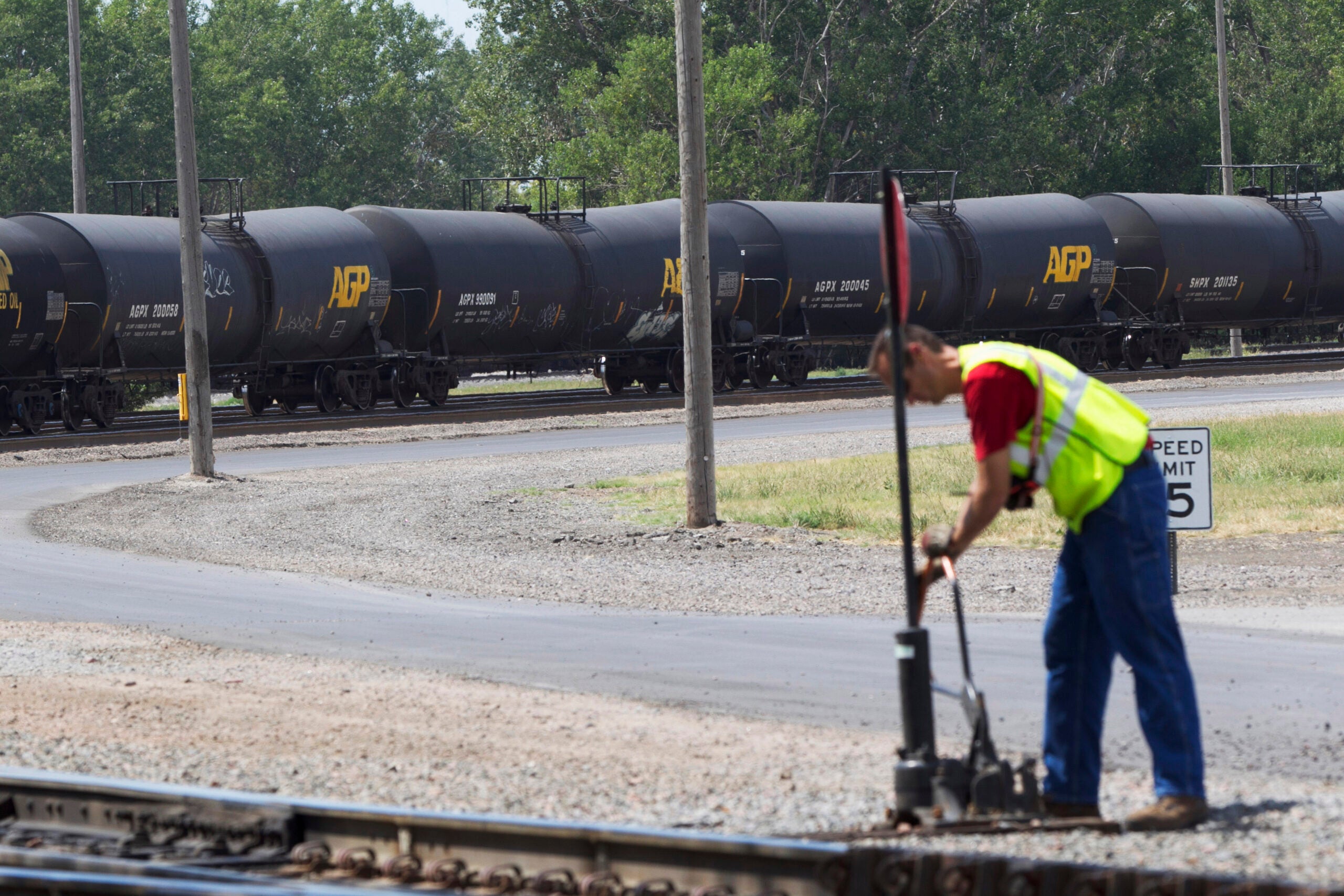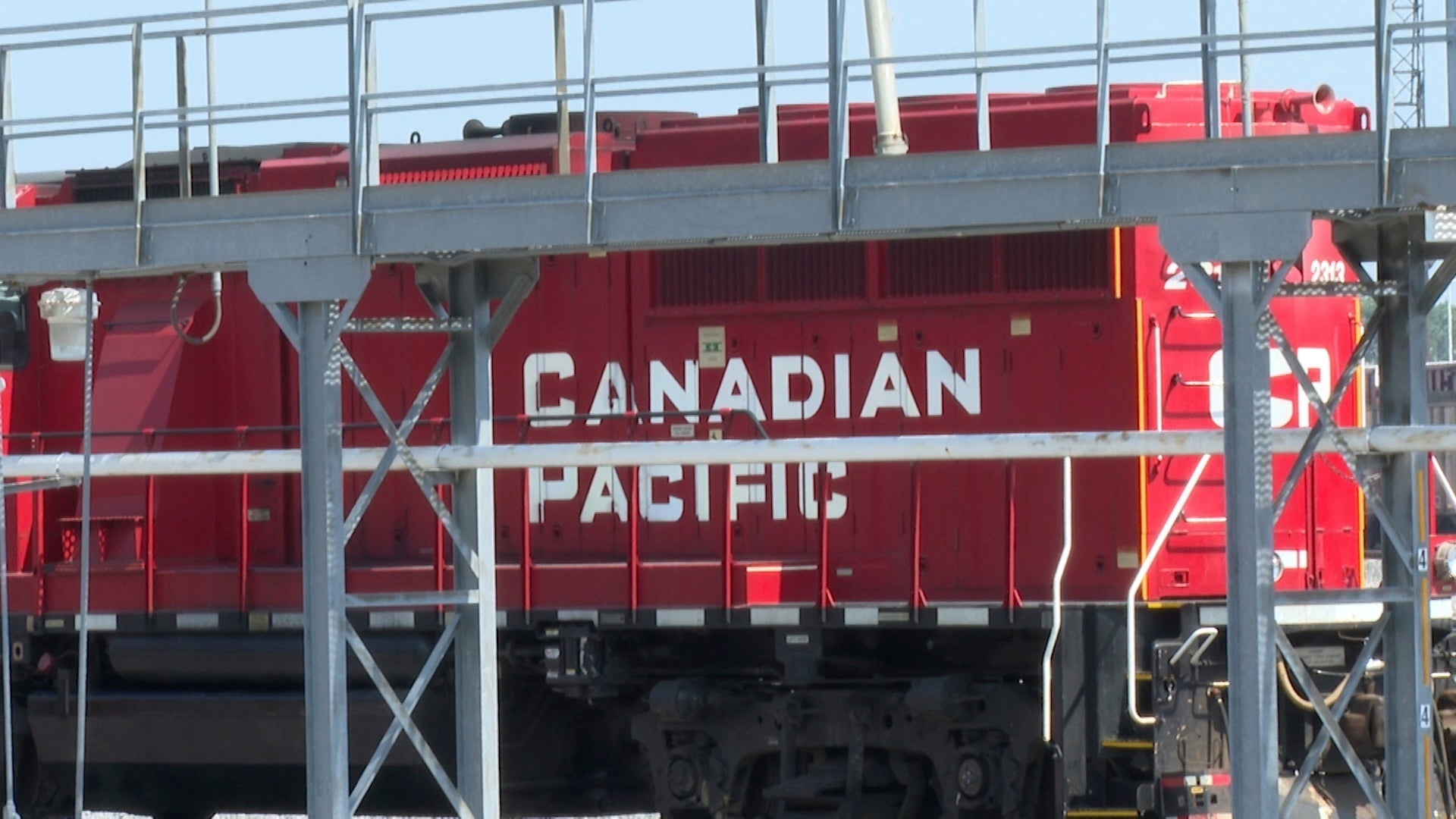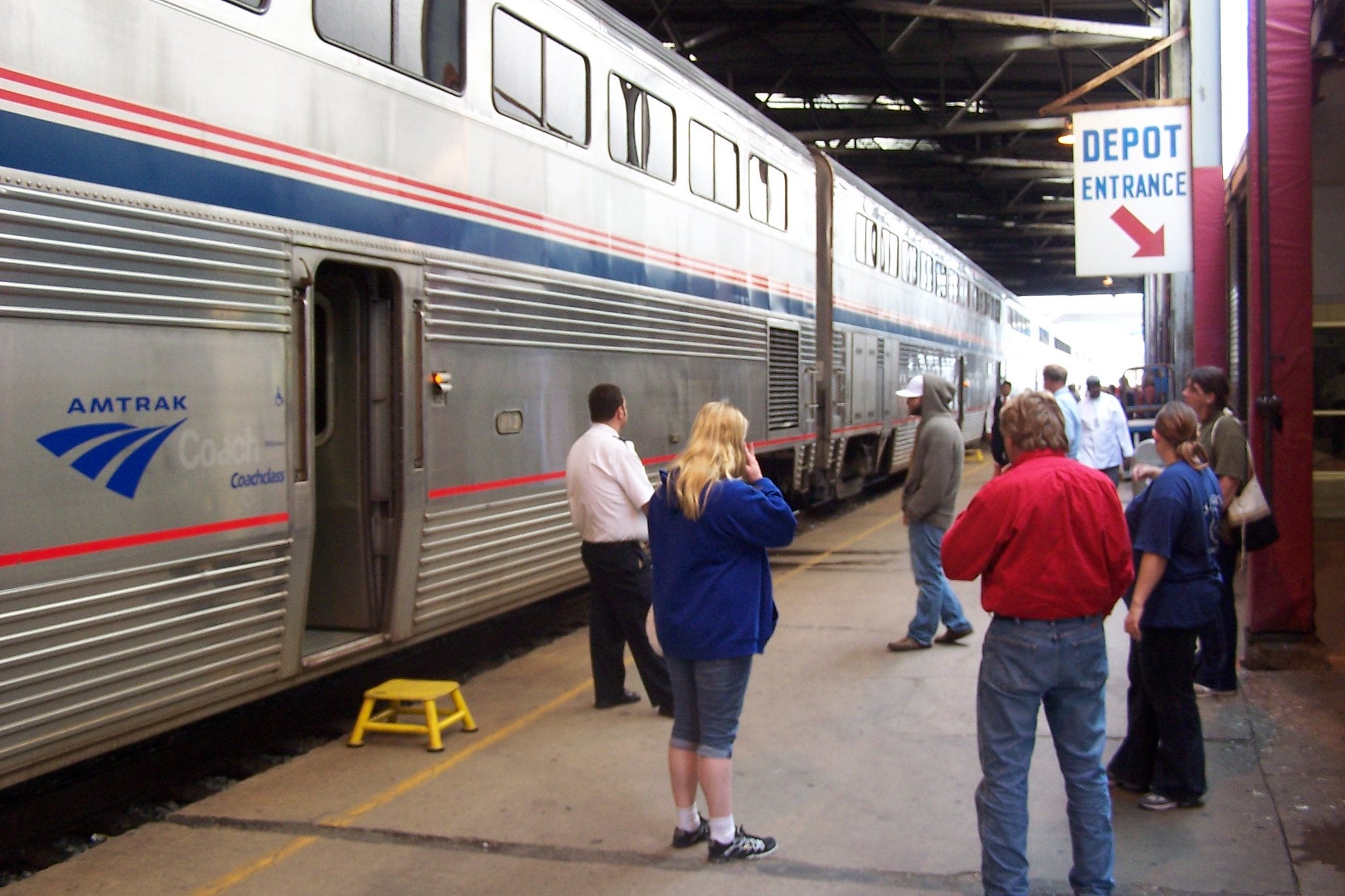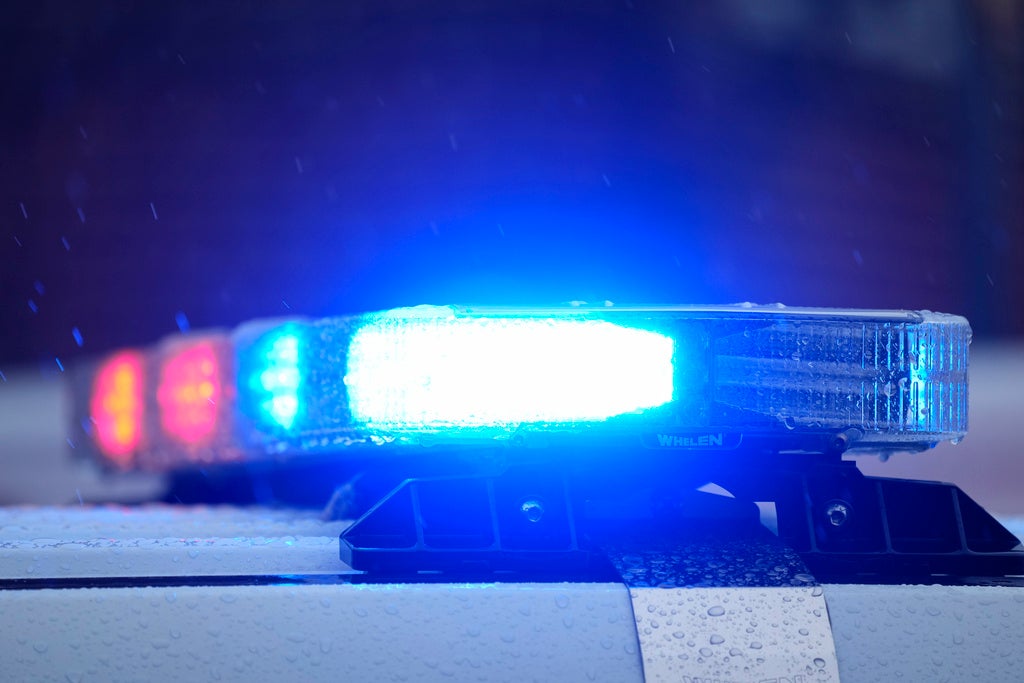Three years ago, the federal government rolled out new safety standards for trains amid a growing number of oil shipments and derailments. Now, railroad companies are using safer tank cars to carry hazardous materials like crude oil throughout Wisconsin.
In May 2015, the U.S. Department of Transportation began requiring high-hazard flammable trains with 20 or more tank cars carrying flammable liquids to operate at reduced speeds. The agency also required new braking standards for trains with 70 or more cars carrying volatile crude oil and retrofitting DOT-111 tank cars with thicker shells and thermal protection by March 2018.
The National Transportation Safety Board has said the design for DOT-111 tank cars is inadequate and prone to damage during derailments.
News with a little more humanity
WPR’s “Wisconsin Today” newsletter keeps you connected to the state you love without feeling overwhelmed. No paywall. No agenda. No corporate filter.
The rail industry has set up a system to verify that only authorized tank cars are used to transport flammable liquids, said Desiree French, spokeswoman with the Federal Railroad Administration.
“The U.S. Department of Transportation (FRA and the Pipeline and Hazardous Materials Safety Administration, PHMSA) are actively monitoring the phase-out/conversion progress of the tank cars authorized for flammable liquids service, and are coordinating with the industry when issues arise that may impact their ability to meet the prescribed deadlines,” wrote French in an email.
At the peak of production in North Dakota’s Bakken oil fields, BNSF Railway Company had more than three dozen trains carrying 1 million gallons or more of crude oil throughout Wisconsin each week. Now, the railway company reports they have a fraction of that number — at most seven trains a week — carrying crude oil across nine counties in Wisconsin, according to records obtained by Wisconsin Public Radio.
BNSF Railway Spokeswoman Amy McBeth said they’ve been offering reduced rates to rail car companies that use the newer, safer DOT-117 model.
“BNSF doesn’t own the tank cars that are used to ship crude oil in particular on our network, but we work to get the safer tank cars in service sooner through incentivizing those safer cars, moving away from the DOT-111 tank cars,” she said. “When you look at our network, we don’t have any legacy DOT-111 tank cars moving crude oil on our system at this point.”
The state has witnessed a handful of train derailments in the last several years, including near Alma along the Mississippi River.
A BNSF train derailed due to operator error, causing 25 tank cars to jump the tracks and spilling more than 20,000 gallons of ethanol into the river. Another incident occurred the same weekend in Watertown, spilling around 500 gallons of crude oil. Canadian Pacific identified the cause of that derailment to be a flaw within the rail.
The U.S. DOT’s safety standards and improvements to tank cars have been a positive step toward increasing rail safety in Wisconsin, said Yash Wadhwa, Wisconsin’s railroad commissioner.
“The new tank cars for the railroads carrying hazardous materials have a lot of built-in protections like they have thermal protections. They have pressure-relief valves … the tank shell is thicker,” Wadhwa said. “They have the head shield now. All these things help so now, when there’s a derailment, there’s new improved tank design and specifications. The chance for a spill goes down.”
The American Association of Railroads reported more than 10,000 tank cars had been retrofitted by the end of March and more than 18,000 new DOT-117 or higher specification tank cars had been built, according to information provided by the Federal Railroad Administration. In addition, the number of DOT-111 rail cars used to ship crude oil decreased from 21,340 in 2013 to 48 this year, according to the American Association of Railroads.
High-profile derailments of trains carrying Bakken crude oil — such as an incident in Quebec, Canada, that claimed the lives of more than 40 people — prompted public officials to take a closer look at emergency preparedness and rail safety. In Wisconsin, the state has expanded caches of foam that would be used to fight any hazardous materials fires, said Brian Satula, administrator of Wisconsin Emergency Management.
“We have about five of them around the state. We first focused on the Bakken crude oil, the more volatile crude oil, and then we started working into the other areas where crude oil is transported from the thicker, less volatile crude oil that’s coming from Canada,” he said. “That’s where we’re now working up to the northwest part of the state.”
Satula said officials are looking at storing foam in either Rice Lake or Superior this year. Foam caches are already located in Wausau, the Fox Valley, Milwaukee, Grant County and Volk Field. Each area has around 1,500 gallons of concentrate that can make more than 50,000 gallons of foam that can be used in high-hazard fires.
“The railroad companies also have foam caches and equipment that they come with, but we wanted to get in that initial two- to three-hour window (of an incident),” said Satula.
In general, the state has been working to provide more resources and training to departments through grant programs and state funding, Satula said. At the same time, railroad companies have been investing in rail infrastructure and safety. BNSF has invested more than $390 million in the last five years on its network throughout Wisconsin.
“When you look at the safety record of BNSF and the rail industry overall, more than 99.99 percent of those hazmat shipments that BNSF moves, including crude oil, reaches the destination without any release caused by an incident,” said McBeth.
The American Association of Railroads said that 2017 saw the lowest rate of accidents in recent years with derailment rates down 42 percent since 2000.
Wisconsin Public Radio, © Copyright 2025, Board of Regents of the University of Wisconsin System and Wisconsin Educational Communications Board.





